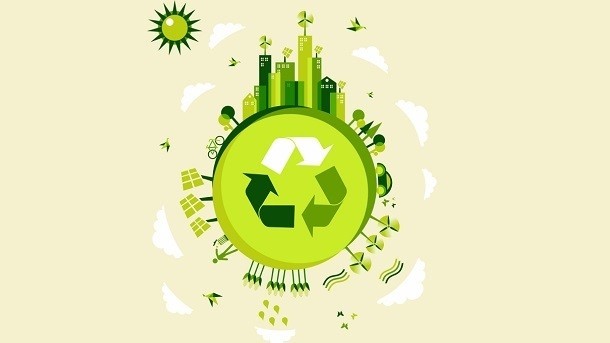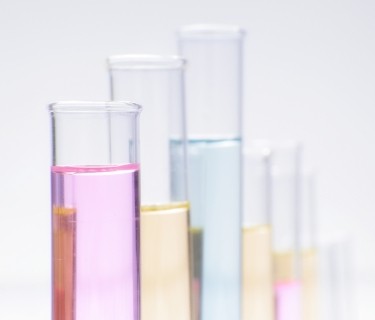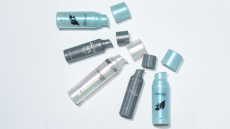Bioplastics packaging poised for massive growth

Although this growth is from a relatively small base, the category is set to more than double in size over the forecast period, according to a report titled The Future of Bioplastics to 2022, by packaging research group Smithers Pira.
Bioplastics have made a significant impact across the board with respect to packaging for the consumer goods segment, and a lot of that demand is coming from the cosmetics and personal care sector.
Food dominates, but cosmetics will find its space
Although food and beverage is expected to account for over half of bioplastics packaging demand by 2022, the remaining share of the market is expected to be for consumer goods, with a large slice of that being cosmetics and personal care products.
Demand for bioplastics within the industry is mainly being fuelled by the ever-growing market for natural and organic products, which invariably goes hand-in-hand with more environmentally friendly packaging.
For those supplying bioplastic packaging the foundations of this market segment are still being laid, but as the report authors point out, this means that the most successful players will be those that meet the remaining challenges facing the commercial adoption of bioplastics in packaging.
Facing the cost challenge
Primarily those concerns revolve around costs, mainly due to the fact that biopolymers are more expensive than petro-polymers to produce, which in turn necessitates justifying the premium price.
Other potential hurdles include technical issues specific to working with bioplastics, as well as the potential issue of bio-based feedstock becoming scarcer in the coming years, making biopolymer supply less certain.
“While the potential market for bioplastics is huge, consumption rates will depend on whether producers can grow their production capabilities fast enough and at acceptable cost/performance levels to meet demand,” said Vlad Savinov.
Added-value business model
In the past, the petrochemicals industry evolved by implementing value-added business models that generated high levels of profit through integrating the supply chain for chemicals all the way through to chemicals and polymer production, making the process cost-efficient.
“It is expected that the biopolymer sector will adapt an added-value business model in a similar way. Unlike oil refineries, a bio-refinery will be capable of processing many different types of biomass, including sugars, cellulose and various plant oils,” Savinov adds.
In terms of geographical reach, Europe is expected to be the driving force behind demand, accounting for approximately 31% of global bioplastic consumption by 2022.
However, Europe is projected to product just 10% of bioplastic production capacity, which will leave approximately three quarters of the global supply coming out of the Asia Pacific region by the end of the forecast period.











